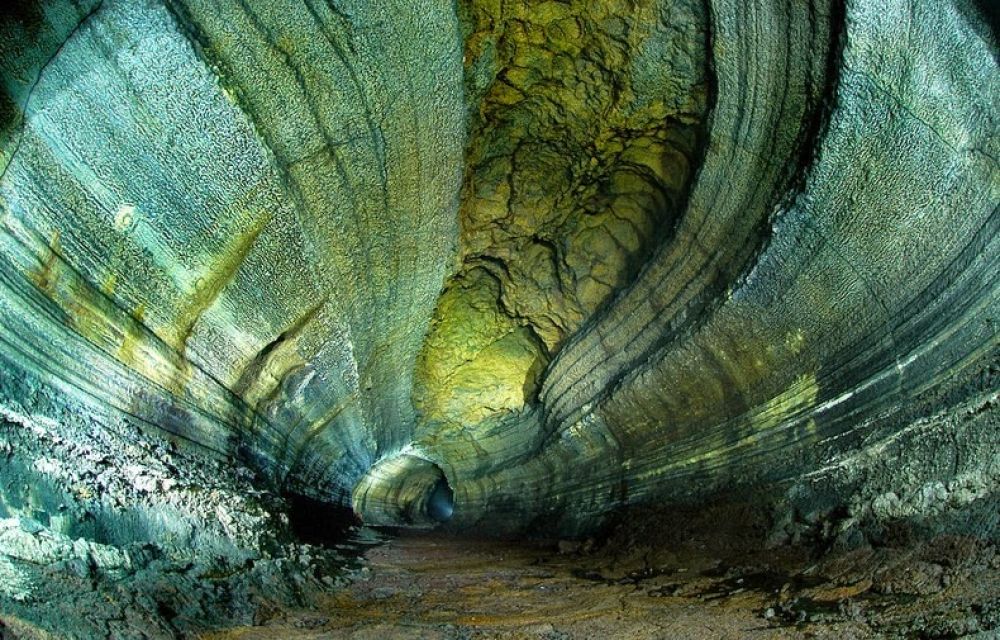

Located on the charming island of Jeju, South Korea, the Manjanggul Cave is one of the finest lava tunnels in the world. This UNESCO World Heritage site is part of the Jeju Volcanic Island and Lava Tubes, a title it has held since 2007. The cave itself is approximately 7.4 kilometers long, with public access limited to a well-maintained 1-kilometer stretch to ensure both tourist safety and preservation of the cave's natural features.
Manjanggul Cave was first discovered by local inhabitants centuries ago, but it wasn't until the early 20th century that it started to captivate the interest of researchers, naturalists, and eventually tourists. With its geological importance and unique lava formations such as the stone pillars, lava stalactites, and stalagmites, this subterranean marvel became a hotspot for scientific study.
Tourism in Manjanggul Cave began to take off in the 1960s and 1970s as South Korea invested in developing Jeju Island into a premier tourist destination. The island's unique volcanic landscape, coupled with its subtropical climate, made it an attractive spot for both domestic and international travelers.
The cave officially opened to the public in 1967. Since then, infrastructure improvements, such as lighting and walkways within the cave, have made it accessible and safe for visitors. Efforts have been made to strike a balance between visitor needs and conservation, highlighting the ecological significance of the cave's native species, including the Jeju cave spider.
In recent years, Manjanggul Cave has seen a steady increase in visitors, becoming a must-see attraction for anyone traveling to Jeju Island. The site attracts spelunkers, nature enthusiasts, and families looking for an educational and adventurous experience. The well-known lava column, standing at approximately 7.6 meters and recognized as one of the world's tallest, remains a highlight for tourists.
The latest trends in tourism at Manjanggul Cave include the integration of advanced technology to enhance the visitor experience. This includes virtual reality (VR) features that explain the formation of the cave and audio guides available in multiple languages. Sustainability is also a significant trend, with increased efforts to minimize the environmental impact of tourism and promote the conservation of the cave’s natural state.
Important Information: Due to its delicate ecosystem, the cave maintains restricted visiting hours and requires tourists to adhere to conservation guidelines. Visitors are advised to dress warmly as the cave maintains a constant cool temperature, and suitable footwear is recommended due to the uneven and often wet cave floor.
As travel trends evolve, Jeju Island and Manjanggul Cave continue to adapt, focusing on sustainable tourism and preserving the unique geological and ecological characteristics that make it such an exceptional destination. With the continued support and interest of travelers from around the world, Manjanggul Cave is poised to remain one of the most treasured natural sites in South Korea.